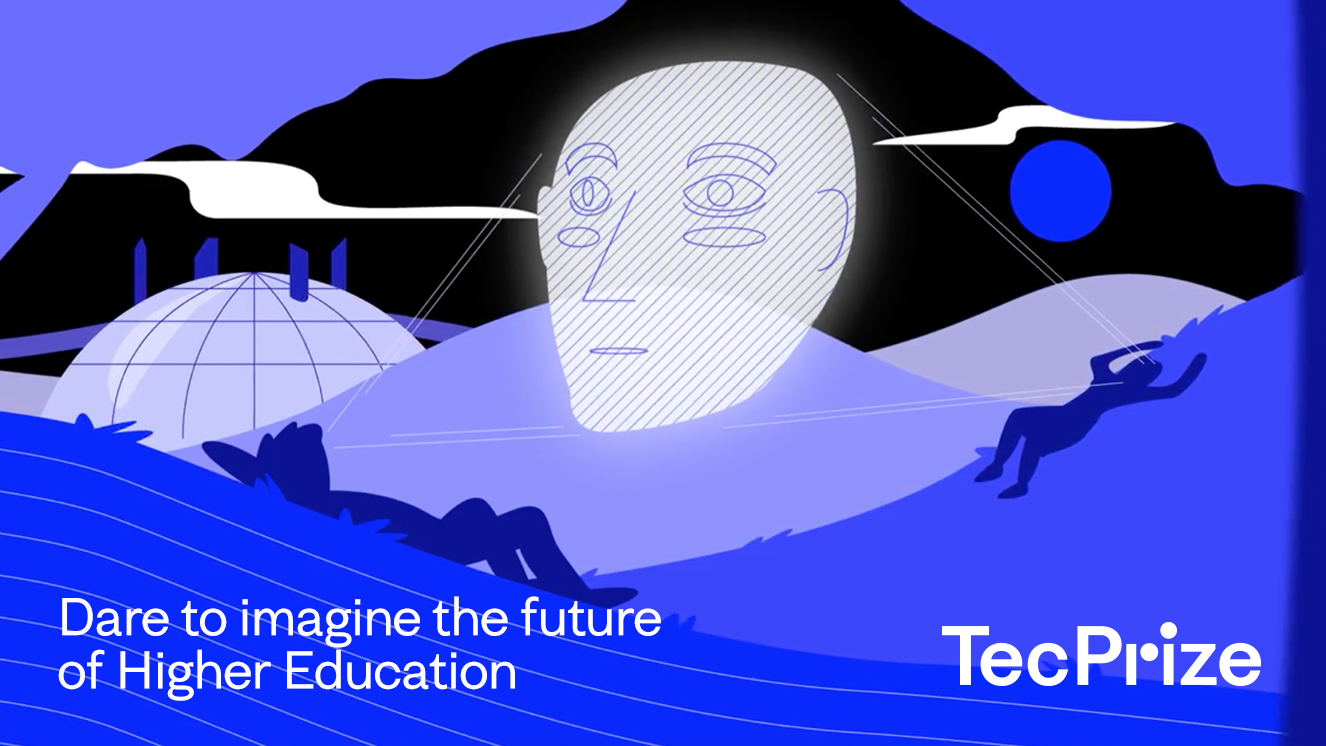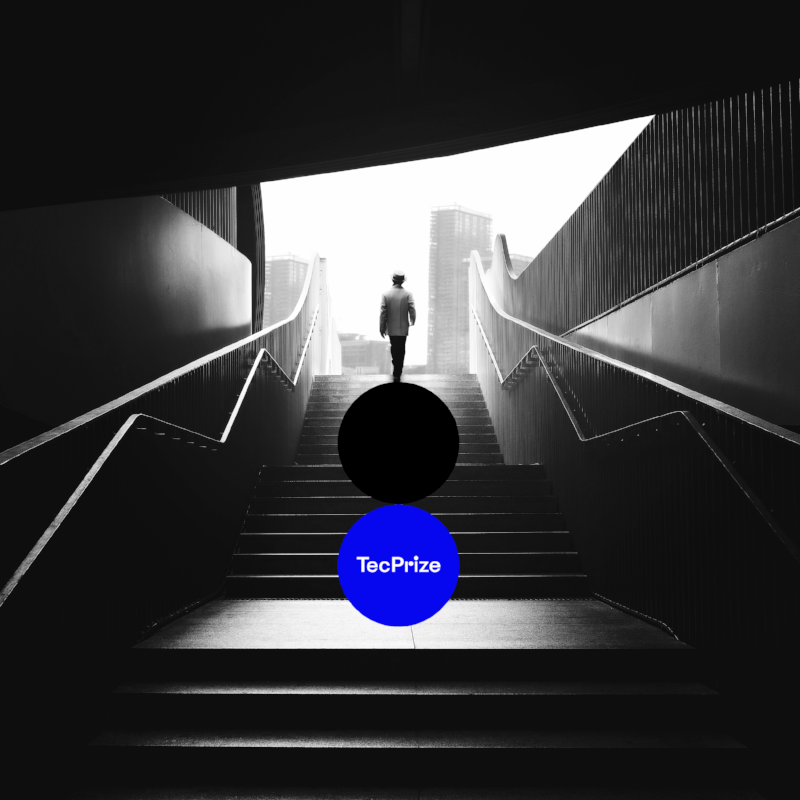By Esteban Fredin
In Latin American literature, Jorge Luis Borges’s reflexive-recursive mazes anticipated the complexities of the interconnected world in the information age. His friend Adolfo Bioy Casares’s The Invention of Morel (1940) preconized the emptiness and anguish spurn by simulation technology decades before the Wachowskis conceived The Matrix (1999). Still, science fiction is a genre often overlooked by Spanish-speaking academia, where is more acceptable and commonplace to talk about magical realism. However, in the Anglosphere, an unusual alliance between this genre and corporations has long been brewing. Companies from all industries are increasingly pressed to create products and services that bring magic back to reality. That is a problem that science and technology cannot solve by themselves; they need fiction.
To face this issue, new agencies specialized in envisioning possible futures for all sorts of companies and institutions have been founded. One of them, SciFutures, has built an impressive portfolio of clients ranging from Pepsico, Ford and Intel, to the US Navy and West Point. Their ‘analysts’ are experienced science fiction writers who develop narratives in order to co-create product prototypes and other intellectual property with their clients. Additionally, they offer workshops to teach how to apply this sort of storytelling to problem-solving and R&D.
It is likely that some people will remain skeptical about such proposals. Nobody knows the future; science fiction always gets old as quickly as it becomes the present. However, the value of this genre is not in its predictive power, but in its ability to reframe a situation. In 1898 during the first urban planning congress, experts agreed that soon every major metropolis would drown in horse manure. None anticipated that the Model T and Fordism were waiting at the turn of the century and, of course, nobody imagined how the way they solved that crisis lay the foundation for the next one. Often a solution lies in how we phrase the problem; or rather, the problem exists because the way we phrase the situation is problematic in itself; therefore, the solution needs to be reimagined in new terms.
Yet some will see in this union between science fiction and markets an ironic collusion. After all, 1984 (1949) and Brave New World (1932), two great novels of the twentieth century, articulated through science fiction a social critique of the present. Each of these stories, using the future as hyperbole, exposes one of the worst aspects of humanity: the brutality of fascist repression in one and indolence of hedonistic consumerism in the other. Undoubtedly there something disturbing about the fact that the genre that George Orwell and Aldous Huxley rose to the height of literary canon is now at the service of the very institutions their works sought to criticize. However, Ken Liu, twice Hugo Award recipient and one of the most prominent writers in SciFutures, sees this union from a pragmatic perspective. Writing about possible futures for companies gives him the ability to shape and impact the development of technologies that are important to him.
Perhaps the best use of science fiction can be seen in the education sector. D.school, the design school at Stanford University, has used science fiction to reimagine college education. The result is Stanford 2025: a collective effort from students, teachers and administrators to develop a new model that responds to the current challenges of education. Their proposals leverage technology to bring a personalized, flexible, continuous and socially relevant learning to their students.
In Mexico, Tecnológico de Monterrey has created the TecPrize: Moonshots for the future. The project is structured around a series of challenges seeking innovative technology-based proposals to improve higher education. The first of these, the 10X Learning Prize, will award the short film, graphic novel, and short story that offer the most inspiring vision of higher education in the year 2049.
Finding ways to activate imagination is a key component in solving the challenges humanity faces today. If science and fiction manage to complement each other, together they may be of greater service to humanity. Perhaps the way to a better future requires artists and visionaries to move from criticising to proposing, from imagining dystopias to creating utopias. In the words of Slovenian philosopher Zlavoj Žižek: “the future will be utopian or there will be none.”
This article from Observatory of the Institute for the Future of Education may be shared under the terms of the license CC BY-NC-SA 4.0 
)
)


)